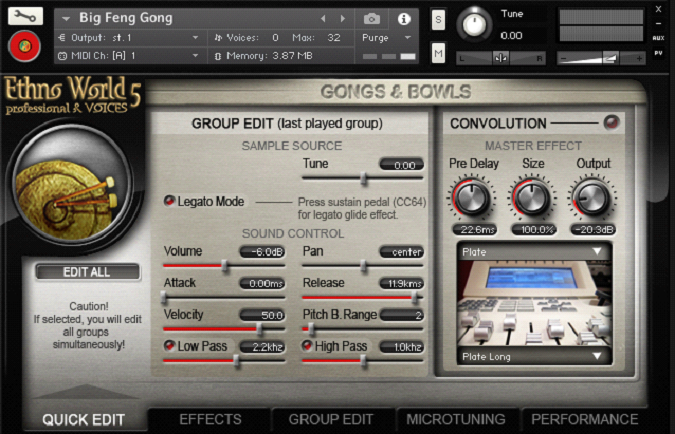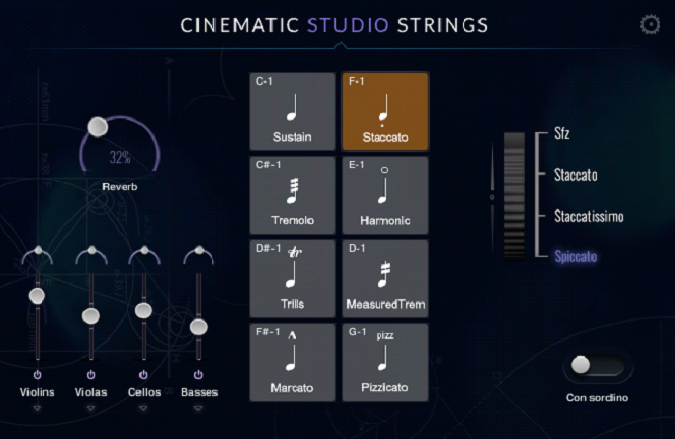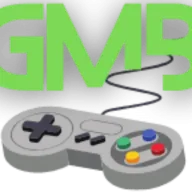The Art of Music and Sound Design
Working on a new project here at SoundOctave, it’s like starting a new journey, you know the starting point and the finishing line but you really don’t know which way you will pass through.
In my opinion, the main part of trying to create something new and personal is analyze all the possible starting points, trying to have new questions to answer and new methods of work to follow. It is really important to study all the music styles that you don’t know yet, to discover new instruments or virtual instruments (vst), so we will be able to get new sounds.
Have, from the beginning, all the necessary stuff of the project (like images – videos – ideas etc etc) could really help a lot.
There is no magic formula or whatever, we learn from mistakes and we are always to be open for positive and negative feedback; very often the advice of non-professionals, are the most valuable, because they are disconnected from the technical environment and that they are impartial.
The starting phase is always the most important, because it often contains the heart and the first personal feelings; sometimes you can take inspiration from simple sounds, which can be the sparkle of new ideas, sometimes you can be inspired by a simple melody or simple chords progression.
During the processing, there are many ways to proceed with the development of the composition and the sound design, for example, I tend to write the piece almost immediately for the duration that it will have, even simply using the piano, the guitar or whatever; in this way, even if the sounds are not definitive and there is no defined global sound type, in my head I can perceive what I’m developing and which paths I can take in parallel, then I will add the various “layers” step by step. Other people, like my colleague for example, tend to compose a small part, paying attention to details immediately. They are completely different methods of work, but equally effective.
A very important thing is “there is no limits”, and everybody should keep that in mind everyday.
Nowadays we always tend to work based on already established masterpieces, thinking that that particular way of telling the story with music and sounds can be the best way for our product. Unfortunately it may not be like this, what it works for some product may not work for some other, we always have to try and find something new, fresh and personal although the client will have the last word on it and sometimes what you did doesn’t match what the client is looking for his product…in a way or another we have to accept that!
For this article, we will examine a trailer we did for “Tantra Rumble” here at our agency called: www.soundoctave.com. A videogame for which we are taking care of the all the audio asset, from soundtrack to soundFx and implementation; Tantra Rumble is a genre mash-up that offers the player 8 characters to choose from for battlefields specially designed for strategic team battles (more info on www.tantrarumble.com). The style of the game is based on Indian influences, in fact, in order to start with the works, we made long listens of music containing ancient musical instruments. To give a touch of modernity and sound impact, we used a lot of electronic instruments and synthesizers.
The trailer is divided into four different parts: the introduction, the combat, the introduction of the characters and the final phase; each part presents a different mood so we opted to make small “different” music parts to create short stories with a common feeling, the Indian feeling.
It is really important that all the animation and framing changes be based as much as possible on a pre-established bpm, in this way we can create a song that follows much more easily what you see on the video, offering a better final result; talking about this from the beginning is a crucial part for a great result. In our case, the project starts at 118 bpm and changes to 122 bpm at around half.
Now let’s talk about the part that many of you guys may be waiting for: what tools have been used? Are they real instruments or libraries?
Well, most of the instruments that you can hear in the trailer are virtual instruments, using different libraries combined with the Vienna Ensemble Pro 6, but we also recorded real instruments like acoustic guitars, clean guitar arpeggios etc etc to give the human touch to the composition.
For ethnic instruments, we really like “Ethno World”, made by Best Service, because it manages to cover every eventuality, offering also ancient and little known tools. Surely this library, helped us a lot for the part of ethnic percussion and instruments like the ancient trumpet.

For all the strings we used “Cinematic Studio Strings” (www.cinematicstudioseries.com), taking advantage of the different combinations of microphones.

For the modern section, such as arpeggiators and synths, we used instruments like “Hybrid 3” by Air Music Technology, I personally found it AWESOME.

For all the “pads” we used Steinberg’s Padshop Pro, which allows you to load your own samples and work with granular synthesis.

For all the sound design section we used some of the sounds that will be present in the game, while others have been recorded and created specifically for the trailer. The voices of the characters were recorded by the voice over artists who work with us on the game.
The trailer was entirely created and mixed using Steinberg Cubase Pro 9.5, creating different Group Buses (like you can see in the pix) and burning with Izotope Ozone 7

In conclusion of our article I’d like to share one last thought, working on products like this we always must consider whether we are writing music or creating sound effects for a “linear” product like a film, trailer, adv and so on…or for “non linear” product like games which is material that must be adapted to events dynamic.
Working in this business is really awesome and satisfying but at the same time not so easy since this is a “field” in continuous evolution so it’s very important…mmm well it’s FUNDAMENTAL to be constantly updated! Get in-touch if you have a project that needs professional sound design: www.soundoctave.com/contact/
Written by Davide Castagnone, Partner @ www.soundoctave.com.
